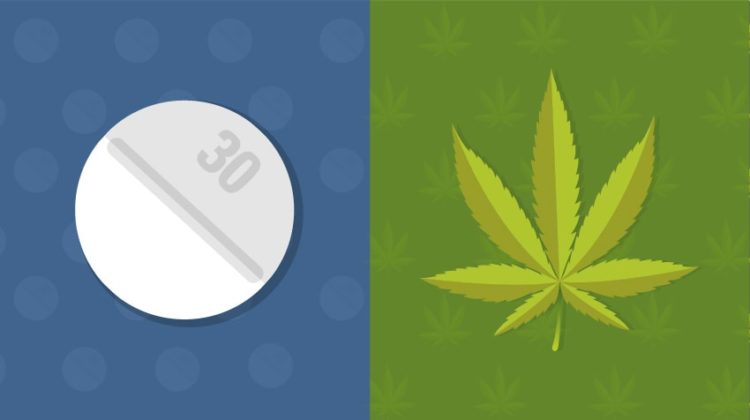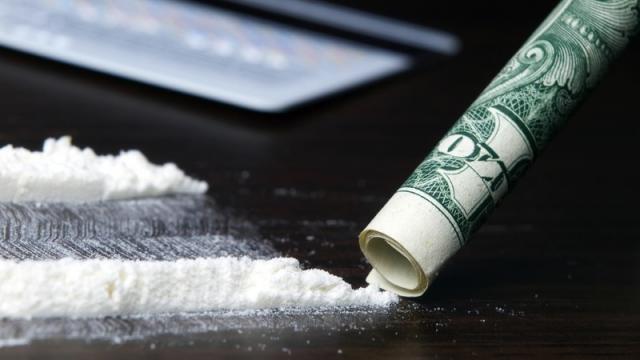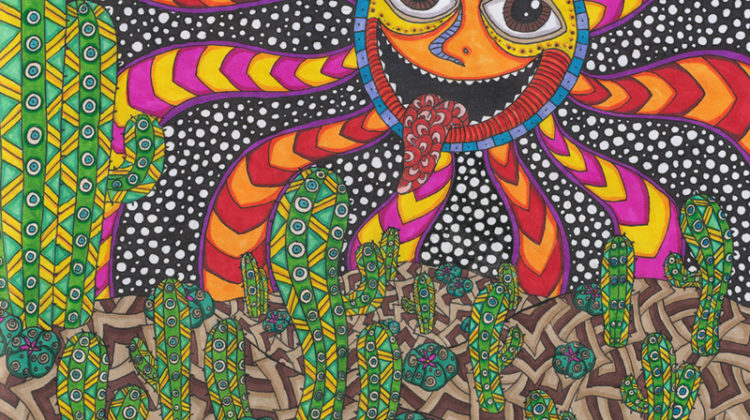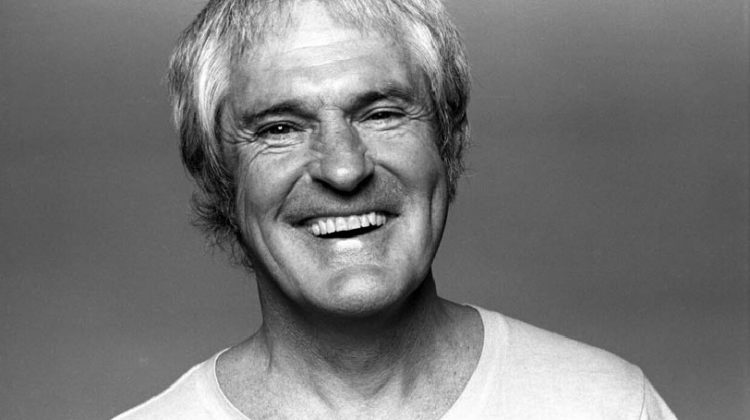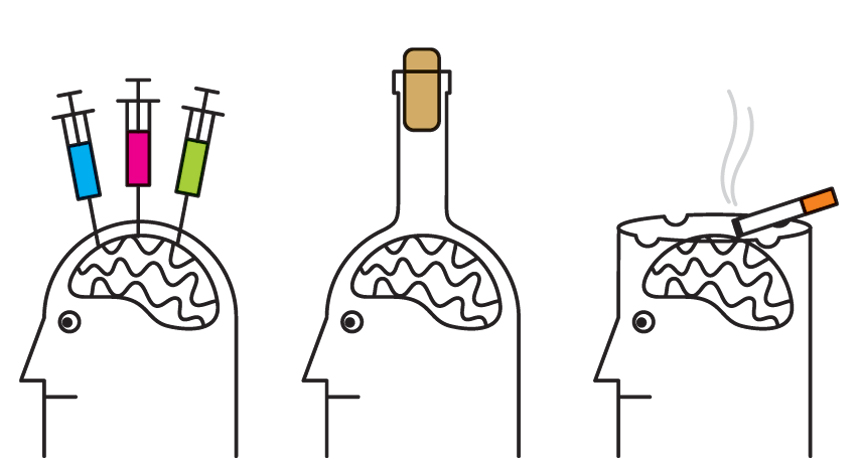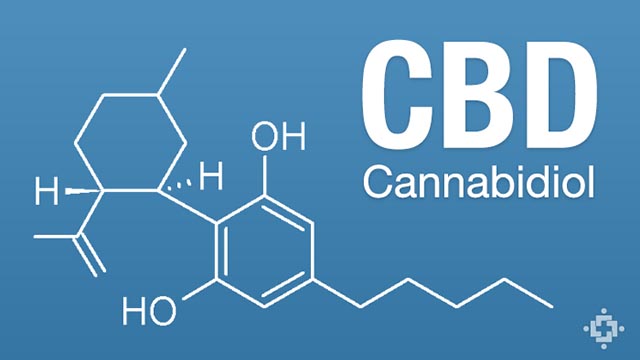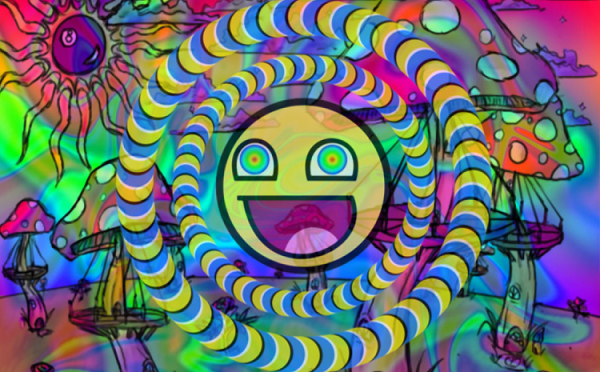Whilst experiences with psychedelic drugs share common elements, psychedelics are, chemically speaking, a broad class of drugs. In this Dose of Science, we take a look at a study that has measured the pharmacological properties of 35 psychedelic substances, shining some light on the similarities and differences between their biochemical profiles.
Dose of Science: marijuana as a substitute for opioid painkillers
In case you haven’t heard, there is an opioid epidemic in the United States. The phenomenon is not driven by the use of illegal substances, rather it is caused in part by the overprescription of opioid based painkillers, such as Oxycontin. Exploratory studies have suggested that patients with access to medical cannabis reduce their intake of painkillers and hence potentially could help to tame the epidemic. Dose of Science takes a closer look.
Dose of Science: What Is In Your Cocaine?
Cocaine is a drug which has a certain ‘high life’ status attached to it, mainly because of its price. It is expensive. Conversely, amphetamines have a similar stimulant effect, yet their average street price is only a fraction of that of cocaine. The large profit margins make cutting cocaine with other substances a lucrative option for drug dealers. Most users are aware of the potential impurities of cocaine, but they do not know much about impurity levels or the modern adulterants used. To address this gap, we looked at a recent paper published by Julian Broséus and colleagues, from the University of Lausanne, where they describe what they found in cocaine [1].
Dose of Science: The Role Of The 5-HT2A Receptor In Hallucinogens
Hallucinogens are known to affect cognition, perception and emotions; we still, however, know little about how these drugs produce their mind-altering effects. Hallucinogenic action is thought to occur by binding and activating a subtype of serotonin receptor, called the 2A. In this edition of Dose of Science, we look at a recent paper which demonstrates the role of this receptor during psychedelic experiences.
Dose of Science: The Life And Science Of Timothy Leary
In this month’s Dose of Science, instead of focusing on a specific scientific paper, we present a biography of Dr Timothy Leary, the controversial psychedelic pioneer. Before he became the messiah of sixties’ counterculture, Leary was a professor of psychology at Harvard. In this piece, we trace his journey from straight academic to prophet of the psychedelic era.
Dose of Science: Psychedelics and Long-Term Mental Health
A psychedelic renaissance is happening right now; but before classic hallucinogenic drugs can be accepted into mainstream medicine, their safety must be demonstrated. To move towards this goal, Norwegian scientists published a study claiming that psychedelics are not linked to long-term mental health problems; these findings, however, were quickly challenged. Dose of Science takes a look at the debate.
Dose of Science: The probability and predictors of substance abuse
Only a fraction of drug users will ever translate from drug use to drug dependence, yet substance abuse is a great burden, both on the individual and society. Unfortunately, our thinking about addiction is much more shaped by political ideologies than by scientific facts. Addiction is often portrayed as a molecular disease which the individual cannot control by his actions, while conservative narratives often depict it as merely the consequence of an individual’s poor decisions. Neither of these simplistic views covers the whole picture; addiction is a complex phenomenon which has biological, psychological and social components.
Dose of Science: Can CBD inhibit THC induced paranoia?
Every cannabis smoker knows that the major psychoactive ingredient of the plant is Δ9-tetrahydrocannabinol (THC), but there is also a range of other chemicals in marijuana smoke. One of the other significant components is cannabidiol (CBD). Anecdotal evidence suggests that CBD can inhibit some negative side effects associated with marijuana, but does this claim stand up to scientific scrutiny?
Dose of Science: Brain Volume Shrinkage After Alcohol
This month, we are going to talk about the world’s most used and abused drug, alcohol. Alcohol is so much a part of life in the Western world, that people often do not even notice that it is a drug. Given that alcohol is one of the most abused drugs in the world, it is of great importance to understand how it affects the brain. In this Dose of Science we are taking a look at alcohol’s effect on monkey brains.
Dose of Science: LSD therapy for alcohol dependence
In this edition of Dose of Science, we are going to take a look at a meta-analysis of using LSD therapy to treat alcoholism [1]. ‘Meta-analysis’ means that the study pools together data derived from multiple trials and re-analyses the combined evidence. The advantage is that the combined evidence reduces the statistical uncertainties, and permits more robust conclusions than any of the individual studies in isolation.

